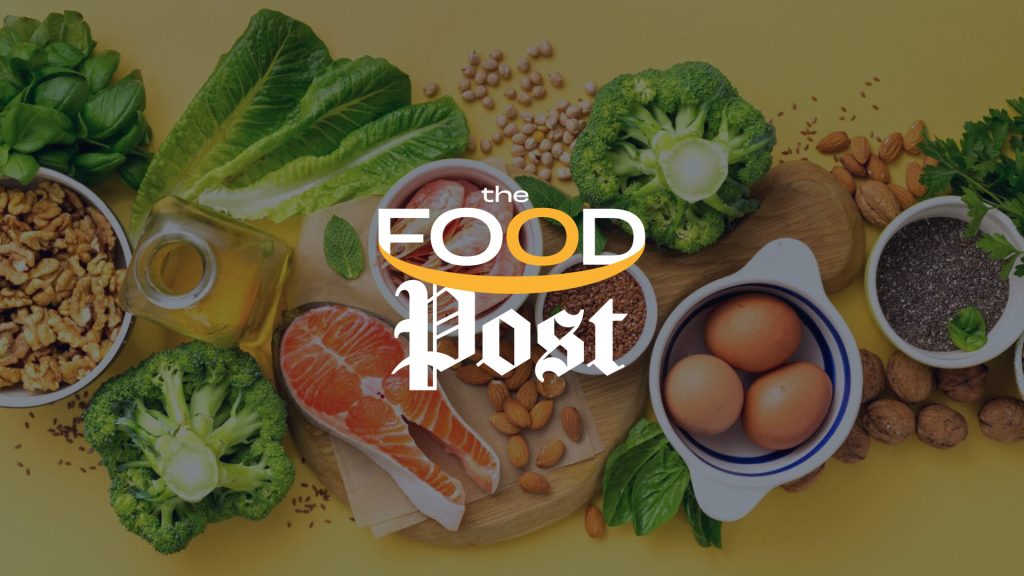A survey commissioned in Ireland after a large outbreak has found a low prevalence of Salmonella in breaded chicken products.
The Food Safety Authority of Ireland (FSAI) asked manufacturers to ensure that chilled and frozen coated poultry products include appropriate cooking instructions and are clearly labeled as non-ready-to-eat.
Results from a national microbiological survey just released and conducted in 2022, found Salmonella Infantis in five products. The bacterium was detected in chicken goujons, fillets, and balls, including raw, partially cooked, and fully pre-cooked items.
Three clustered isolates were found in products containing poultry meat sourced from Ukraine. One positive was from Poland and the country was unknown for the other.
Imported poultry issue
Between September and November 2022, 382 samples were collected by Environmental Health Officers of the Health and Service Executive for the survey from wholesalers, distributors, retailers and caterers from the food service sector.
Because the findings indicate that imported poultry was a possible cause of contamination, the FSAI said manufacturers must ensure stringent controls across the supply chain. This includes traceability of all raw materials used in the production of chilled and frozen coated poultry and they must comply with the legal microbiological requirements associated with using raw poultry to make these products. Manufacturers of coated poultry meat preparations could consider moving to producing a fully pre-cooked version.
From 2018 to 2020, a multi-country outbreak of Salmonella Enteritidis was caused by frozen breaded poultry in the European Union and the United Kingdom. Almost 200 people were sick with Salmonella Enteritidis infections in countries such as France, Ireland, and the UK. One in five cases were hospitalized, while one death was reported. The outbreak was traced to different meat suppliers, slaughterhouses, and farms in Poland.
This prompted FSAI to do a survey to better understand the microbiological quality of chilled and frozen coated poultry meat preparations and poultry meat products intended to be eaten cooked.
In a 2020 retail level study carried out in the UK, 42 of 483 samples of frozen coated poultry were positive for Salmonella. In a 2021 survey, Salmonella was detected in five of 310 samples. Ten positive samples were made in Irish production plants.
Role of consumer
In the Irish survey, contamination of the fully cooked product suggests cross contamination post-processing, or that the critical control point of a time temperature treatment during manufacturing may have failed.
Processing for partially cooked products involves a mild heating step such as flash frying. It is not intended to fully cook the product and does not provide complete lethality of harmful microorganisms.
Consumer behavior surveys suggest that some people do not fully cook coated poultry, and/or handle it unhygienically, because they perceive the risk to be lower compared to uncoated raw poultry.
Consumers were advised to follow the cooking instructions on the label, wash their hands before and after handling the products and to store them at the correct temperature.
Greg Dempsey, FSAI chief executive, highlighted the role of strict food safety controls and providing clear guidelines to consumers by the manufacturers.
“It is incumbent upon those sourcing and providing these products to have the requisite checks and balances in place to minimize the risk of contamination and possible threat to consumer health. While the prevalence of Salmonella contamination stands at 1.3 percent of the overall sample size, it remains the case that all food businesses and manufacturers must continue to be vigilant, follow best practice at all times and safeguard each point along the food chain,” he said.
(To sign up for a free subscription to Food Safety News, click here.)

